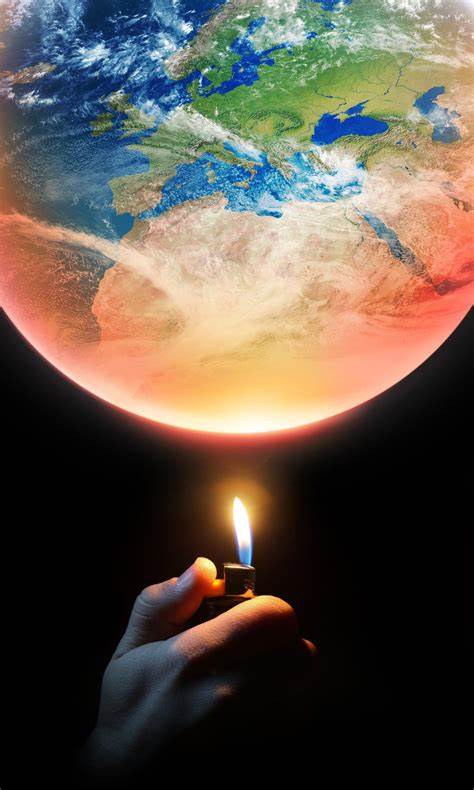According to child development experts, the concentration span of a child varies from two to five minutes for each year of their age. This is to mean that long lectures and complicated climate jargon will not be an effective way of developing climate change lesson plans for kids.
Away with what will not work, most kids and students are interested in learning things that are fun and engaging in nature. In order to teach kids on climate change, parents’ mentors and educators will have to approach the topic carefully yet confidently. This will ensure that kids do not freak out and pass the message across without coming out too strongly.
Show a Movie or a Short Video
Pick a short video that covers climate change in a humorous but educative and natural way. Unlike lectures and on class deliveries, which are linear and monotonous, kids are more likely to be receptive to a non-linear approach. Videos also have the visual aspect, which keeps them engaged and entertained. This includes vivid descriptions, illustrations, and graphics.
For example, let the kids see and listen to the song of a warming planet as performed by Daniel Crawford on his cello. It features the fluctuating global temperatures.
Do a Lab Test/Experiment/Project
Children love practical and engaging lessons. Choose simple ideas and test them out in the school lab. You can even request parents to accompany their children during the lab experiment. Practical projects such as beach cleaning also offer a good opportunity for the educator to explain in simple snippets the reason and aspects of climate change.
After a project or experiment, draw a conclusion from the visible evidence. This way the children can relate the larger picture to the specific conclusion. Some projects include how degradable waste affects the environment or the impact of frost formation.
Play a Game
Children enjoy the fun and competitive nature of games. There are a variety of both online and physical games that teach kids the impact and importance of taking care of the environment. Some games include climate trivia, recycle this and eco kids games. These games are interactive and easy to play for either peer-to-peer or kid to parent.
As an educator, you can also come up with ideas on physical games where teams will be named depending on their effect on climate. For example, you can form teams for, normal climate, human activity, deteriorating climate and the effects. This way kids will remember how an action from one team affects the other and vice versa.
Use Online Resources
There are a number of apps, softwares, and websites such as adobe education exchange for knowledge and expertise that help learners to come up with workable teaching plans for kids. Some apps send facts about climate change in a simplified way for educators, parents, and mentors to share with their kids. The apps lets kids explore how areas have changed over the years due to climate change.
The good thing is kids are receptive to new information. Therefore, the right climate change plans will drive the point home.


